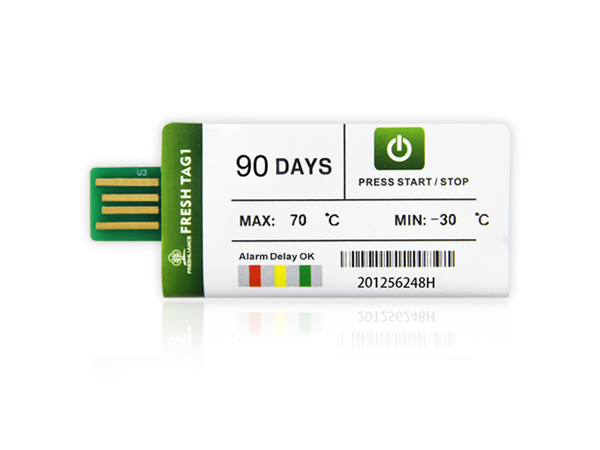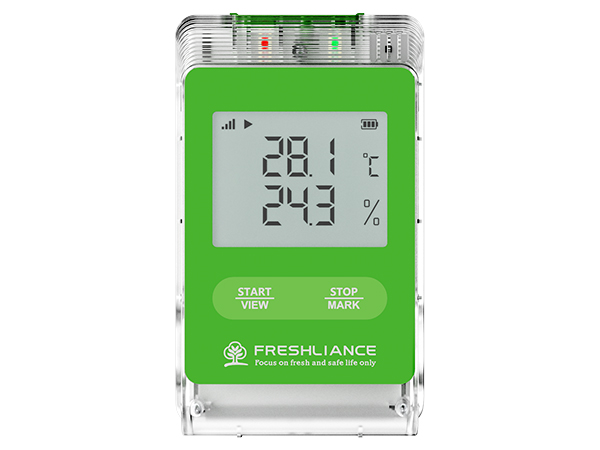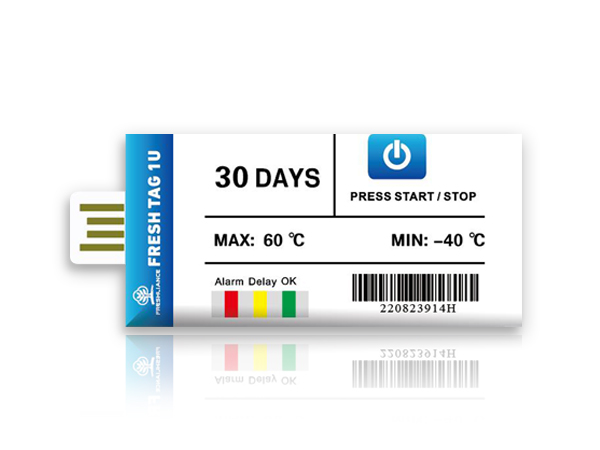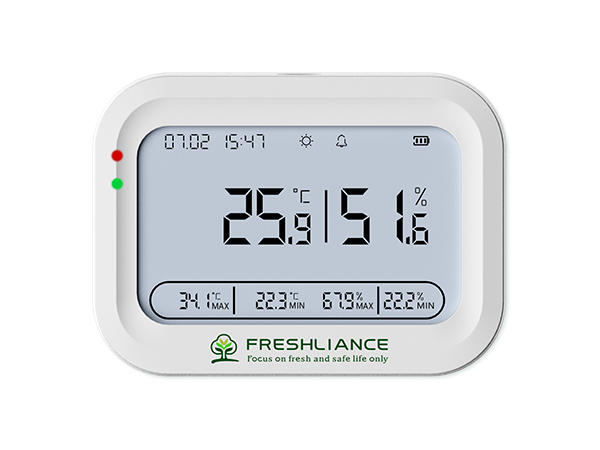The authority of the Food Safety and Inspection Service, U.S. Department of Agriculture state that shell eggs destined for the ultimate consumer must be stored and transported under refrigeration at an ambient temperature of 7.2°C or less. Note that this refers to the temperature of the air surrounding the container of eggs not the temperature of the individual egg.

Proper temperature, humidity and air circulation. Careful and accurate control of the air condition is essential. A temperature between - 1.5° and - 0°C is recommended. At a temperature of - 2.5°C eggs freeze. The room should be well constructed and insulated and the refrigeration should be capable of maintaining an adequate uniform temperature in all areas. The cases of eggs should be separated by wood-strips and kept well away from the walls so as not to obstruct air circulation. Aisles left for the convenience of handling specific egg cases also help air circulation. Periodic ventilation of the storage room is advisable to promote air exchange. The relative humidity should be between 80 and 85% at a cold storage temperature of - 1°C. At cold storage temperatures of about 10°C the relative humidity should be between 75 and 80%. In such instances, on average, egg weight loss should not exceed 0.5% per month. During the early stages of storage when the packaging material is absorbing moisture at a high rate, the floors should be sprinkled with clean water several times a day.
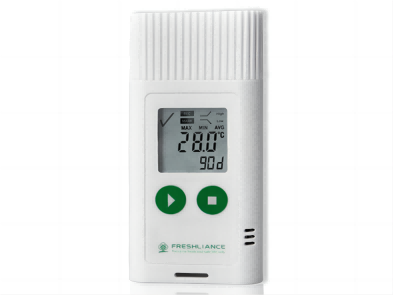
TagPlus-TH is a multiple-use temperature and humidity data logger with an LCD screen for easy viewing of temperature data. In this device, parameters can be configured by a professional user before use. Complete trip history is recorded and downloaded as encrypted reports with summary data, graphs, and tables, the report can be directly read by PC at the destination. And the temporary mode allows this Thermometer Hygrometer to continue working after users have generated and read the temporary report. It is an ideal choice for monitoring and recording the temperature and humidity changes of sensitive goods during transportation.

 English
English Español
Español Русский
Русский Français
Français Deutsch
Deutsch عربي
عربي 中文
中文